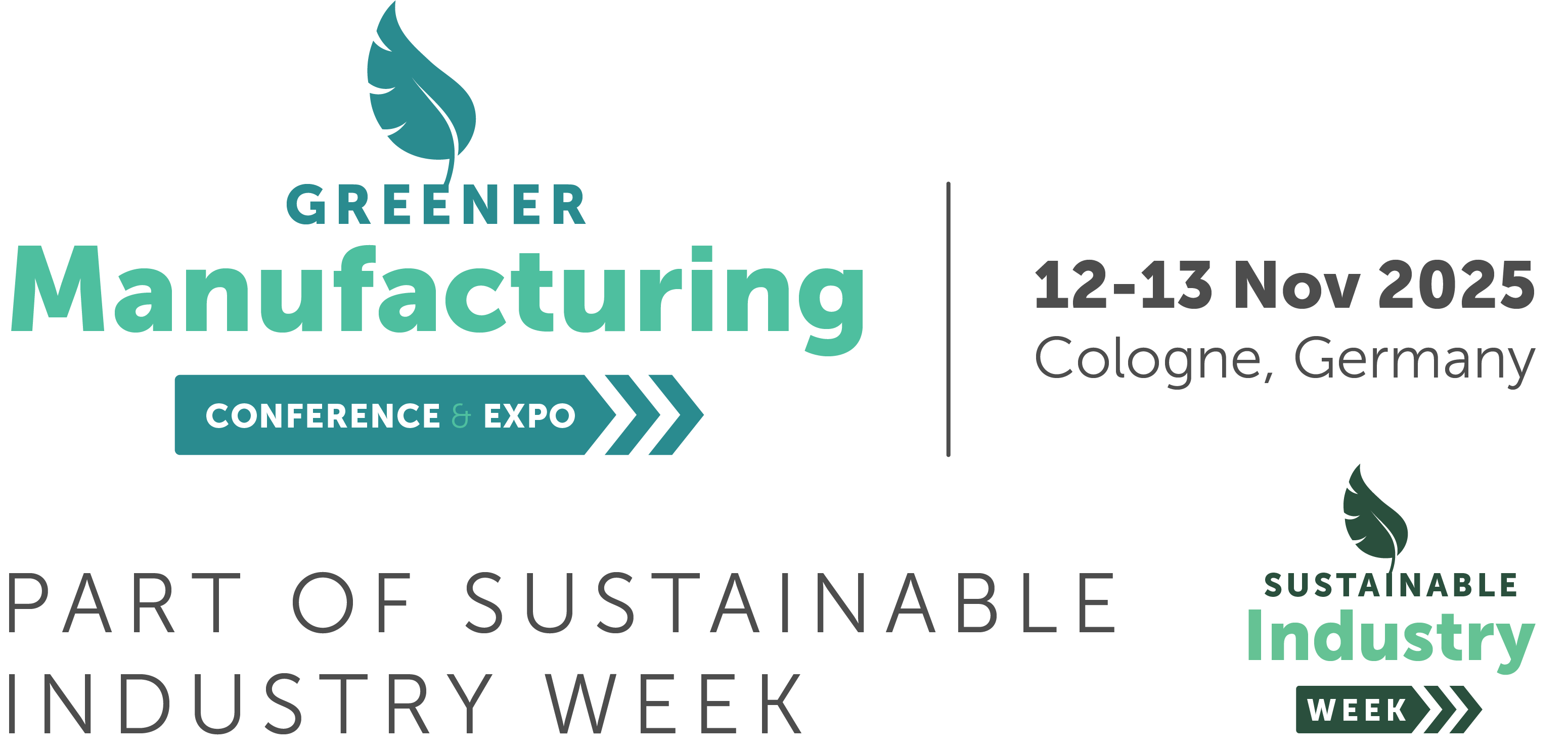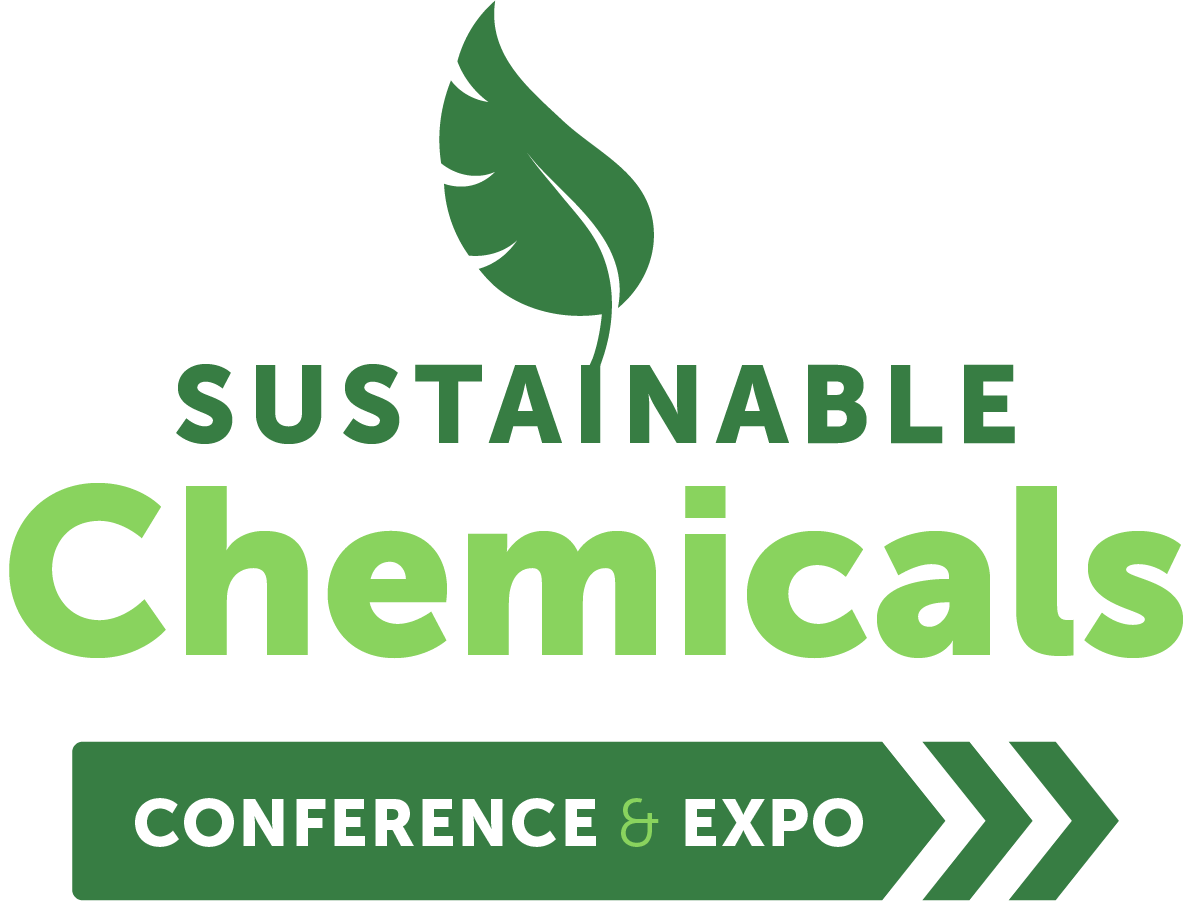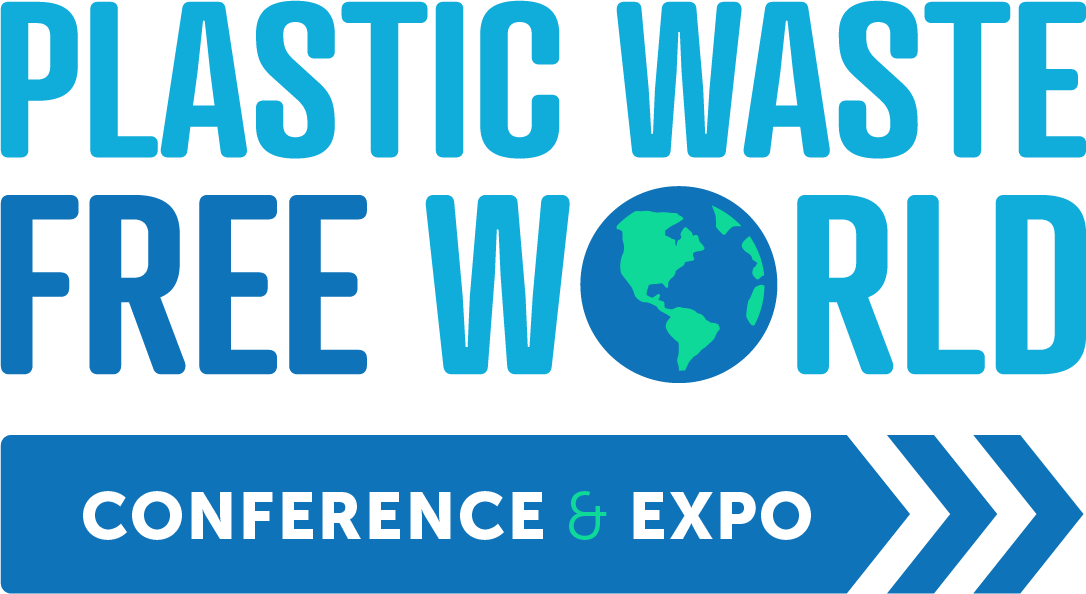XLYNX Materials develops a PFAS-free polyolefin primer which is compatible with epoxy, PU adhesives
)
XYLNX Materials is a Canada-based specialist in polymer adhesions and the company has recently announced the development of their fluorine-free universal primer. This innovative new material works through modifying surfaces of hard-to-bond polyolefins and allows them to create strong adhesive bonds with glues, coatings and dyes.
This new primer is specifically designed to work with polypropylene (PP) and polyethylene (PE) and it will also work with fifteen leading adhesives. This includes epoxy, polyurethanes and cyanoacrylate-types.
The company was able to manufacture this polyolefin primer through the use of its chemical crosslinking technology. This technique worked through using this technology to develop PlastiLynx PXN, which is a polymeric diazirine primer that the company has stated is free of per- and polyfluoroalkyl substances (PFAS). This breakthrough at XLYNX Materials has arrived at a brilliant time as the rush to replace any and all PFAS is accelerating quite rapidly. This is because there are now more regulations which are constantly growing stricter and these regulations are all focused on reducing and removing the use of the ‘forever chemicals’. This need to get rid of these chemicals is becoming more and more pressing due to the studies and statistics that show the harmful impact these chemicals have on human health and the environment.
The primary purpose of commercial polyolefin primers is to work with cyanoacrylate-type adhesives, which are more commonly known as ‘instant adhesives’ or ‘superglue’. However, this newly designed PlastiLynx PXN, has shown excellent compatibility with fifteen different leading adhesives and has also displayed the best results with epoxy, polyurethanes and cyanoacrylate-type adhesives.
In order to determine how effective the primer is, the Canadian materials company tested the performance of the new primer and compared it to the performance of two primers which are created by two well established brand names. The results of these tests highlighted that PlastiLynx PXN showed a 150-350% improvement for stronger adhesion in comparison to the PP/PE substrate test.
The reasons behind this increase in performance is that the product is able to form permanent covalent bonds with the substrate surface. This bond creates a reactive amine layer that responds to adhesives, dyes and coatings. Another benefit that comes with this innovative new product is that rather than needing to make additional modifications to the surface for the adhesive to stick to, PlastiLynx PXN has been designed to work as a long-lasting treatment which continues being active for months and also will not damage the substrate surface.
A member of the XLYNX team, commented, “Our original goal with redesigning PlastiLynx PXN was to eliminate fluorine, but the performance of this new primer has been a pleasant surprise. We ran head-to-head comparisons of the new PlastiLynx PXN crosslinker against the leading polyolefin primers on the market and were amazed by the difference. Not only did it perform better in apples-to-apples tests using the same adhesive (cyanoacrylate, an adhesive that most conventional primers must be used exclusively with), but PXN also works with any type of adhesive (like epoxies and polyurethanes). This means a much broader range of applications and dissimilar material bonding options are made available for manufacturers, including coatings and dyes.”
The lead doctor on the XLYNX R&D team, who was responsible for the new crosslinker, Dr. Stefania Musolino, added, “These latest results really highlight how PlastiLynx PXN is in a class of its own compared to conventional polyolefin primers. Not only did we observe enhanced adhesion across the board, but we also saw strong compatibility with every type of bulk adhesive we tested.”
The company also stated, “By being able to select the right adhesive for the job, manufacturers can choose from a variety of cost-effective adhesives that work with a much broader range of substrates and applications than ever before.”





